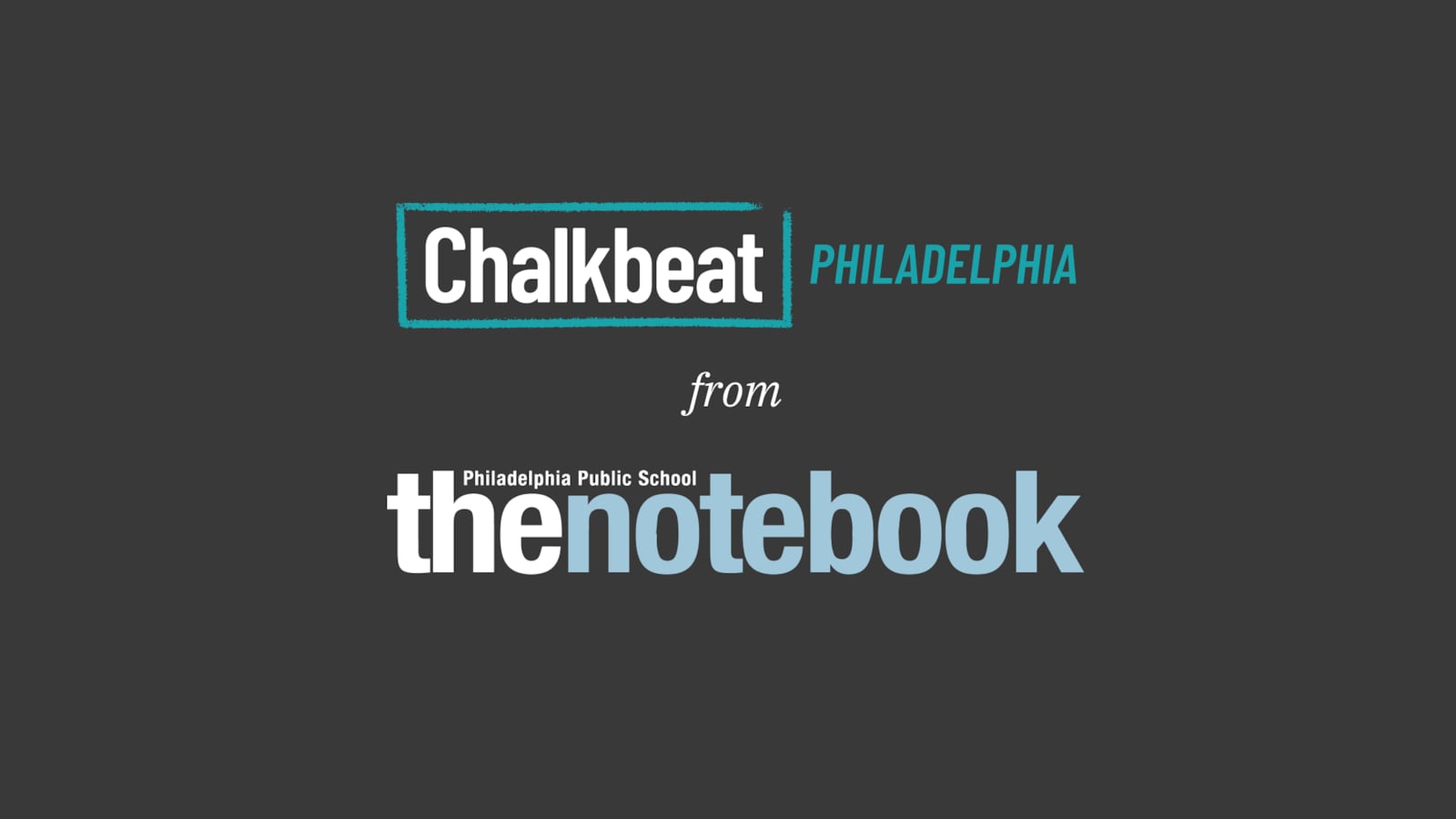This article was originally published in The Notebook. In August 2020, The Notebook became Chalkbeat Philadelphia.
Last month upwards of fifty people came out to West Philadelphia High to tell School District officials they wanted to keep the current team in place and build on the progress the school has made over the two years. Parents, teachers, students, and community leaders all went on record praising the dramatic improvement in school climate and expressing confidence that Principal Saliyah Cruz and a newly energized staff could deliver academic gains as well.
Participants were responding to the District’s expressed commitment to involve the community in the process of school turnaround currently underway.
But, based on what’s happened since, this promise seems pretty hollow.
"You will have an opportunity to decide what change looks like,” Arlene Ackerman told concerned parents and community members last week. But the District rejected an application by Principal Cruz and a community-supported team that would have positioned them to run the school if it is “Renaissanced,” using the Innovation model. Instead, indications are that the school will probably be made a Promise Academy, the Renaissance model run directly out of Arlene Ackerman’s shop. Both these decisions clearly run counter to community sentiment and have prompted protest.
The School District defends this course of action by pointing to West’s low test scores. Ben Rayer, the District’s Renaissance czar, told the Inquirer, "We are not going to back down from needing to make dramatic changes in schools where kids are just not reading, writing, and doing math at a level that allows them to get a job or go to college,” a theme he also repeated at the community meeting.
No one, certainly not the West Philadelphia community that has been historically victimized by the school’s failure, is going to deny the urgency of fixing the school.
But, as I see it, there are two problems with Rayer’s “no backing down” posture. First, is the failure to recognize how important the achievement of renewal at West has been. A school where violence was spiraling out of control, where staff morale was dreadful and students lived in fear, is now a place of hope with a rare degree of community involvement. The same forces that achieved this change should be given the opportunity to tackle the task of improving instruction and learning outcomes.
Second, if we look at the data it is clear that West is not in a markedly different place than most other schools that have a similar demographic profile. This is what the District’s convoluted performance index masks. Sure we can rank all these schools but what is the difference between the rankings?
The chart below compares West with nine other schools with similar demographics. All these schools are high poverty, neighborhood schools with populations that are upwards of 92% African American and large numbers of special education students.
Two schools stand out from the pack. Strawberry Mansion posts numbers that are above the state average in the percentage of 11th graders testing proficient or better in math and reading (why aren’t we talking about what’s going on in this school?). Rhodes also does respectably in comparison to the other schools.
The other schools are all sitting in the PSSA basement. What is striking is not the differences, but the common portrait of failure. In this lower tier, three out of eight schools are on the Renaissance Eligible list. From this perspective, the targeting of West seems arbitrary.
Finally, the rejection of the West team as turnaround providers is troubling because no teams of District educators were approved, and all the turnaround work is being given to outsiders. While all of the groups that were approved can point to some successes, some of them also have major blemishes (for example Universal’s management of Vare Middle School, which has been mired in Corrective Action II for years).
Giving West a chance to turn itself around would have strengthened that possibility of real partnership with the community. It would also have sent a positive signal to District principals and teachers who might be thinking about organizing turnaround teams. Too bad if it’s off the table.

